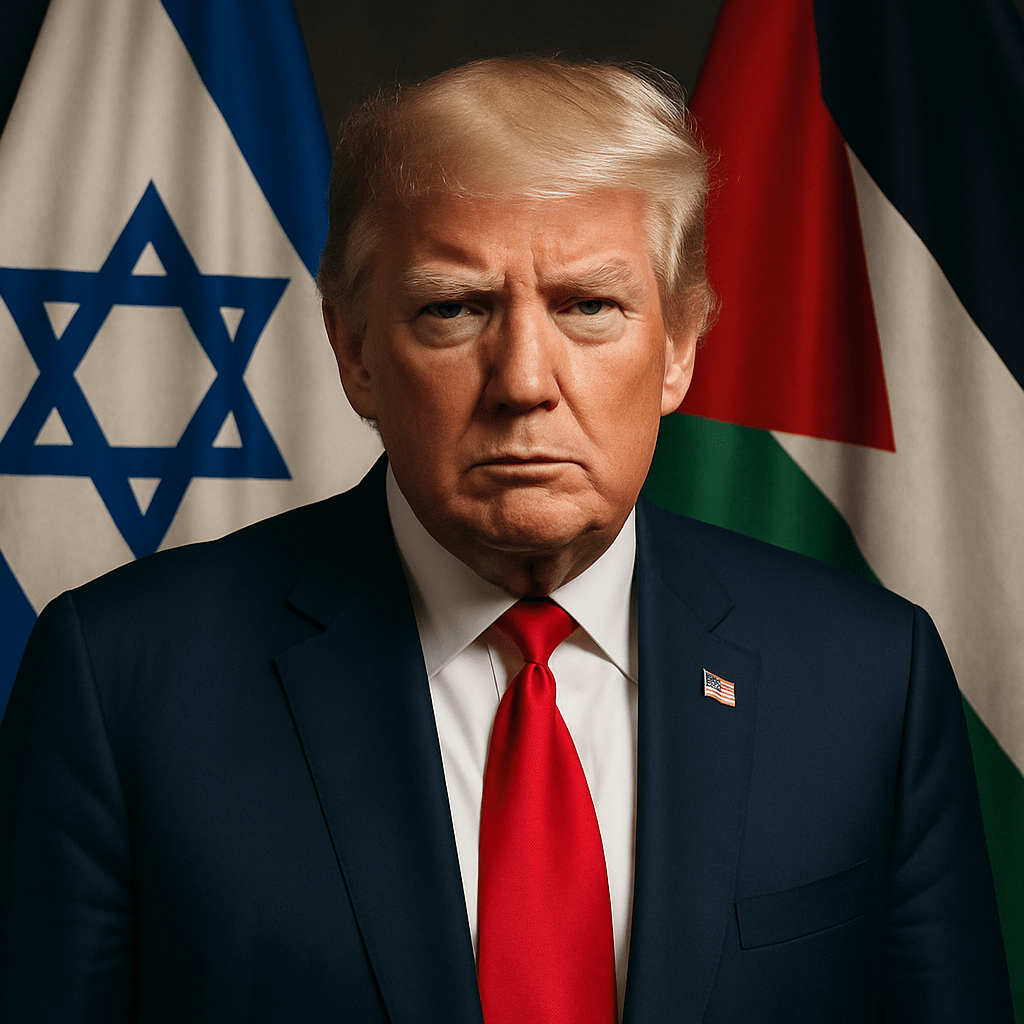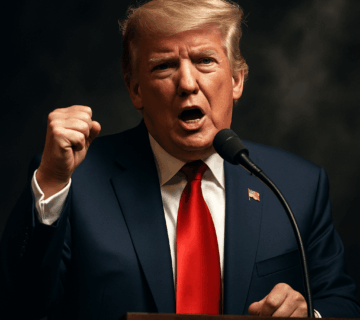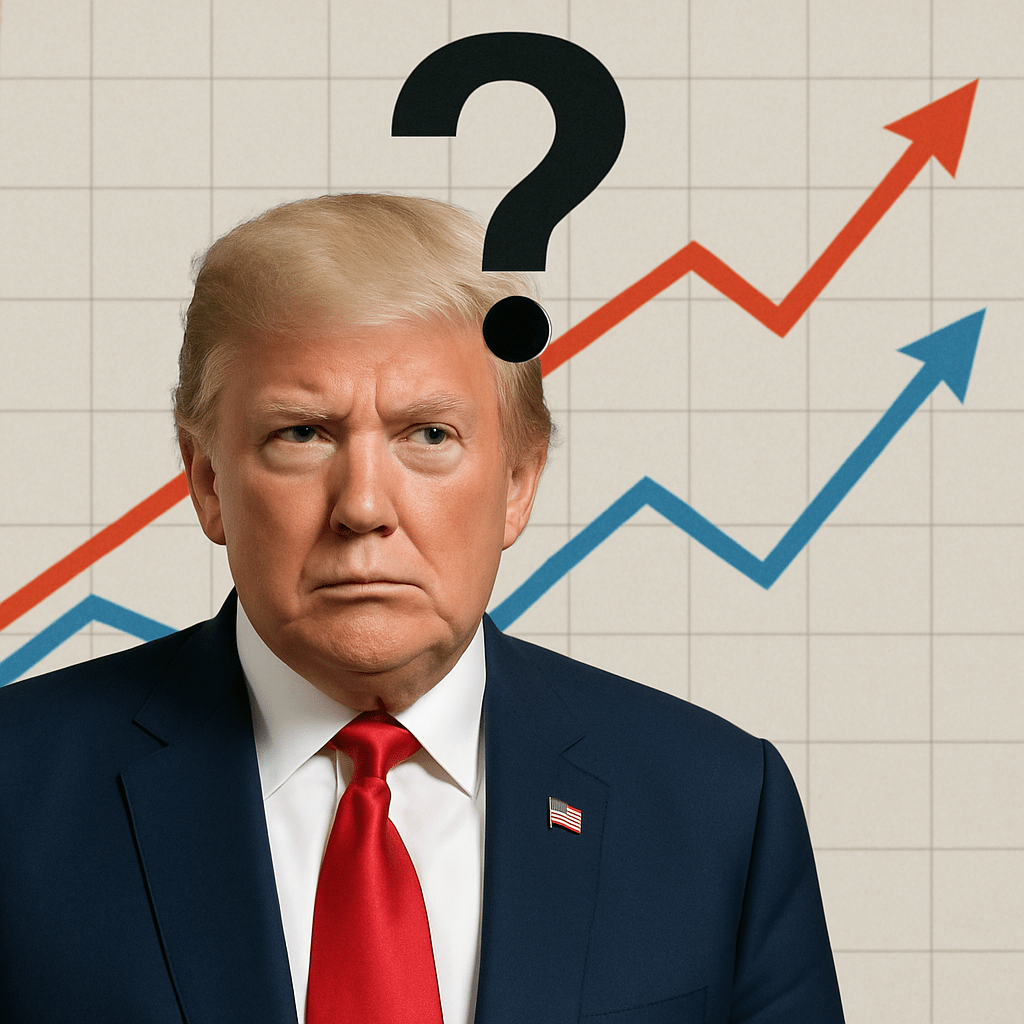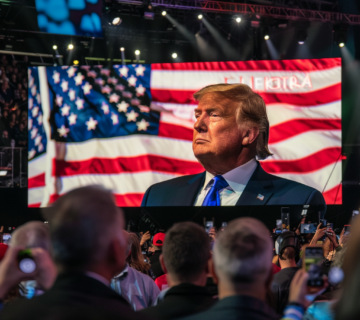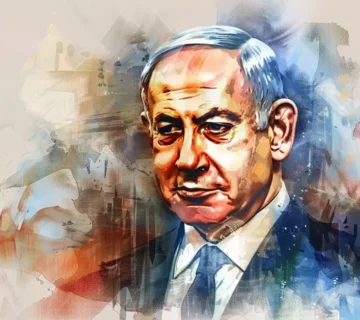Yesterday, 29th September 2025, U.S. President Donald Trump took center stage in a high-stakes speech addressing the ongoing war between Israel and Hamas. Speaking with characteristic flair and gravity, Trump unveiled a sweeping 20-point proposal aimed at halting the bloodshed in Gaza and reshaping the political future of the region. His plan was framed as a bold, perhaps even historic opportunity to turn the tide in a conflict that has claimed tens of thousands of lives and destabilized the Middle East.
This article delves deep into Donald Trump’s speech on the Israel war, exploring the details of his proposed peace plan, the surrounding political context, the spectrum of global reactions, and the potential consequences for Israel, Palestine, and beyond.
Donald Trump’s Speech on the Israel War: What He Said
With Prime Minister Benjamin Netanyahu standing nearby, Trump characterized the moment as one of the most significant in modern history. Declaring it a potential “turning point for civilization,” he laid out a structured, if controversial, framework to de-escalate the conflict and rebuild Gaza.
At the core of his proposal is a comprehensive 20-point peace plan, covering everything from an immediate ceasefire and hostage release to demilitarization, transitional governance, and long-term reconstruction. He framed the plan as the best and possibly only, path forward to ending the war.
He also issued a stern warning: if Hamas rejects the plan, the United States would support Israel in finishing the war decisively. This juxtaposition of diplomacy and threat reflects Trump’s well-known deal-making strategy—offering peace, with pressure.
Inside Trump’s 20-Point Gaza Peace Plan
Trump’s peace plan is wide-ranging and ambitious. While full of optimism, it also includes measures that could prove difficult to implement on the ground. Here’s a breakdown of the main components:
- Immediate Ceasefire: Conditional on agreement from all parties, with hostages returned within 72 hours.
- Hostage Exchange: Both living and deceased hostages would be returned to Israel.
- Demilitarization of Hamas: Full dismantling of tunnels, weapons stockpiles, and military operations in Gaza.
- International Stabilization Force (ISF): A new peacekeeping body comprised of U.S., Egyptian, and vetted Palestinian personnel.
- Transitional Governance: Gaza would be temporarily governed by a technocratic Palestinian committee, overseen by an international “Board of Peace.”
- Israeli Military Withdrawal: A staged withdrawal aligned with security milestones, while Israel maintains a defensive perimeter.
- No Annexation: Trump made it clear that Israel would not annex Gaza.
- Gaza Reconstruction: Plans include rebuilding infrastructure, housing, healthcare, and utilities with international funding.
- Path to Statehood: A conditional roadmap toward Palestinian statehood—contingent on security reforms and stable governance.
Context: Why This Moment Matters
The backdrop to Trump’s announcement is a prolonged and devastating conflict. The war, which reignited with brutal attacks and counterattacks since 2023, has led to massive civilian casualties, displacement, and destruction.
Numerous ceasefire efforts have collapsed. The international community remains divided. There is pressure on all sides to end the fighting, but no clear consensus on how to do so, until now, perhaps.
Trump’s proposal is particularly noteworthy because it departs from the status quo. Rather than suggesting piecemeal negotiations or temporary truces, he aims to reshape Gaza’s governance, eliminate militant threats, and lay the groundwork for a lasting resolution.
Rhetoric and Strategy: Trump’s Signature Approach
Trump’s tone during the speech blended idealism with tough talk. He called it a “great day for peace,” while simultaneously laying down an ultimatum. This rhetorical style, mixing hope with hardline terms is signature Trump.
Notably, he emphasized:
- The historic significance of the proposal.
- His direct leadership role via an international oversight board.
- A vision for Gaza as peaceful, demilitarized, and rebuilt.
- A future for Palestinians, but only under specific conditions.
By doing so, Trump positioned himself not merely as a mediator but as an architect of Middle East peace, something he has long sought to be remembered for.
Reactions: Support, Skepticism, and Silence
The global response was swift and divided.
Supportive voices praised the plan’s ambition and structure. Many Israeli officials welcomed it, viewing it as an opportunity to bring the war to a controlled end. Some international figures also appreciated the plan’s clarity and commitment to Gaza reconstruction.
Critics, however, raised several concerns:
- The lack of Palestinian input, especially from Hamas and grassroots civil society.
- Potential violation of sovereignty through imposed governance.
- Vague timelines and unclear enforcement mechanisms.
- Risks of the plan becoming another occupation in disguise.
Within Gaza and the West Bank, initial reactions were cautious at best, with many viewing the plan as an American-Israeli blueprint lacking local legitimacy.
High Stakes: What Comes Next?
The plan is undeniably bold. But success depends on more than speeches, it demands buy-in from multiple parties with conflicting agendas.
Key challenges ahead include:
- Securing agreement from Hamas and other militant groups.
- Coordinating a truly neutral international stabilization force.
- Ensuring that reconstruction is both effective and equitable.
- Navigating regional power dynamics, particularly with Egypt, Jordan, and Iran watching closely.
The political risks for Trump are significant, too. If the plan fails or backfires, critics will argue it was an overreach. But if it succeeds, even partially, it could reshape his legacy and possibly the geopolitical balance of the region.
What Makes This Speech Different?
Unlike previous peace efforts, this speech carries Trump’s unique hallmarks:
- A defined structure with 20 clear points.
- A mix of diplomacy and coercion.
- Global media orchestration to shape perception.
- Conditional, performance-based rewards (such as statehood).
While critics question the feasibility, supporters see it as a serious, overdue attempt to break the cycle of war. Either way, it has shifted the conversation.
FAQs On Donald Trump’s Speech
Trump made clear that if Hamas rejects it, the U.S. would support Israel in intensifying military operations to “finish the job.”
He outlined a 20-point peace plan including a ceasefire, demilitarization of Hamas, transitional governance in Gaza, and a roadmap to Palestinian statehood.
Yes, Trump appeared alongside Netanyahu, and Israel reportedly agreed to most terms under the condition of Hamas’s acceptance.
Yes, Trump emphasized rebuilding Gaza through international cooperation, focusing on infrastructure, utilities, and healthcare.
No. Trump explicitly stated there would be no annexation, which was a key point for calming international tensions.
Conclusion On Donald Trump’s Speech
Trump’s speech on the Israel war was as daring as it was divisive. With the Middle East at a boiling point, his 20-point plan offers a framework for peace—but one fraught with obstacles. It’s an audacious move to reassert American influence, offer hope to Gaza, and resolve one of the world’s most enduring conflicts.
Whether the plan brings calm or sparks new chaos, one thing is certain—it has put the issue back on the global front page, demanding attention, action, and accountability.vvvvvvv

